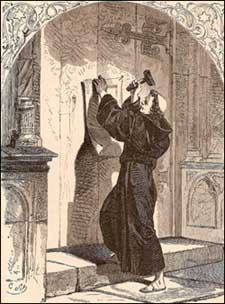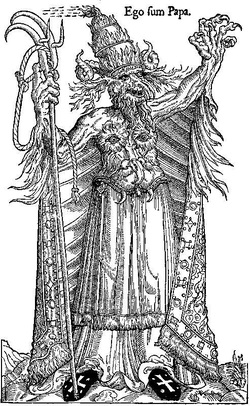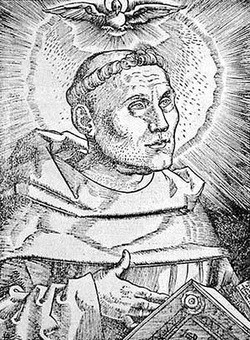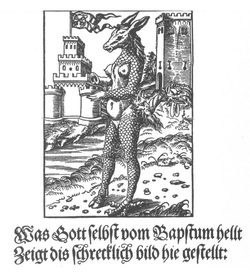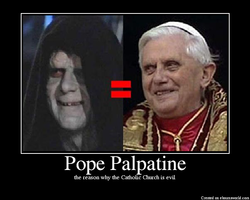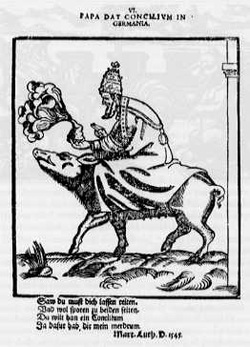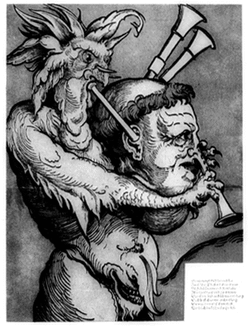The Bible Within the Social Network:
Contemporary Usage and Interactions on the Internet
Contemporary Usage and Interactions on the Internet
Historical Biblical Importance
The ‘official’ attitude towards the collection of texts known as the Christian Bible has been evolving since the beginnings of organised Christianity. The collection of oral traditions in written form that make up the Hebrew Tanakh were incompletely appropriated as the Old Testament, while what we now know as the New Testament resisted canonization until the 4th century CE, during the synod of Hippo. The first of the New Testament texts were written around 60-70 CE, and the last around 120CE. Before the canonization of the official New Testament there were numerous texts and Christianities vying over who got to tell the ‘Truth’ of Jesus Christ and his fledgling faith communities. Non-canonical biblical texts like the Gospels of Thomas, Mary Magdalene, and Judas, or the Acts of Thekla made competing claims to the status of orthodoxy and have survived to present day to showcase the Gnostic Christian communities.
After the canonization of the biblical text and creed, the boundaries of Orthodoxy were set and the Bible as a collection of texts appeared stable for a while. The Eastern Orthodox, Oriental Orthodox and the Nestorian traditions trace their canons in different ways, including a variety of texts into the Christian Old Testament canon but the Catholic Bible remained fairly stable in Western Europe until the 15th century.
Desiderius Erasmus Roterodamaus (1466-1536) was a theologian and a humanist scholar of the renaissance tradition who produced new translations in Latin and Greek of the New Testament from the early Greek texts (of various ages and reliabilities, there are no original texts of the Bible, just various older copies). Martin Luther, the famous Protestant reformer, was influenced by Erasmus’s new translations to try his own hand at translating the older sources. In the process he came to question certain practices of the Catholic Church like Indulgences, which were products of the Pope’s authority as a mediator between Man and God, rather than textually based. For Luther what became paramount was achieving a translation based on examining the oldest and best sources in order to teach this Bible to the people in a vernacular translation, giving them the inspired tools to find salvation in a manner everyone could read, interpret and agree on.
While Luther assumed that reading his new Lutheran German Bible would give a common agreement as to the best way to ‘do’ Christianity, a variety of interpretations of the texts continues to this day. Luther’s insistence on the primacy of the text over any earthy figure like the Pope meant the continued importance in finding older and less flawed Greek copies as well as translating them into vernacular languages aside from Latin. As well there were the beginnings of public schools to teach the laity how to read and understand the Lutheran Bible (which, along with other Protestant Bibles, excludes certain apocryphal texts from the Old Testament). Without an authoritative interpreter, the Bible had become open to anyone who could read.
The major biblical trends that continue from the Protestant Reformation and influence how the Bible is seen among English Protestant denominations and sects are the primacy of the text of the Bible as a teaching and conversion tool (sola scriptura), the subsequent emphasis on translation and vernacular paraphrases, and the internal debates on interpretation of a text that never had an original authoritative version yet is seen as the only written revelation of God’s will.
Use of Images in the Conflict Between Protestant Reformers and the Catholic Church.
The invention of the printing press had a larger influence both on the the distribution of Protestant Bibles to the faithful as well as in the demonization of the Pope as Anti-Christ and the Catholic Church as the Whore of Babylon spoken about in the Revelation of John. Wood block prints by reformers, as easy way to distribute information to the as-still illiterate population of Europe, show Luther as Saint and the Pope as a unnatural monstrosity. The Catholic Church, while engaging in a Counter-Reformation that addressed certain Protestant criticisms while strengthening their hold as mediator between God and the laity, did not support the move to distribute wood block prints that showcase Luther as a demon promoting schism in the Church body.
The invention of the printing press had a larger influence both on the the distribution of Protestant Bibles to the faithful as well as in the demonization of the Pope as Anti-Christ and the Catholic Church as the Whore of Babylon spoken about in the Revelation of John. Wood block prints by reformers, as easy way to distribute information to the as-still illiterate population of Europe, show Luther as Saint and the Pope as a unnatural monstrosity. The Catholic Church, while engaging in a Counter-Reformation that addressed certain Protestant criticisms while strengthening their hold as mediator between God and the laity, did not support the move to distribute wood block prints that showcase Luther as a demon promoting schism in the Church body.
Martin Luther with a Dove (c.1520). Hans Baldung (1484/5-1545). Woodcut. Martin Luther: Acta et res gestae. PMA:J99.1765. The Virtual Museum

